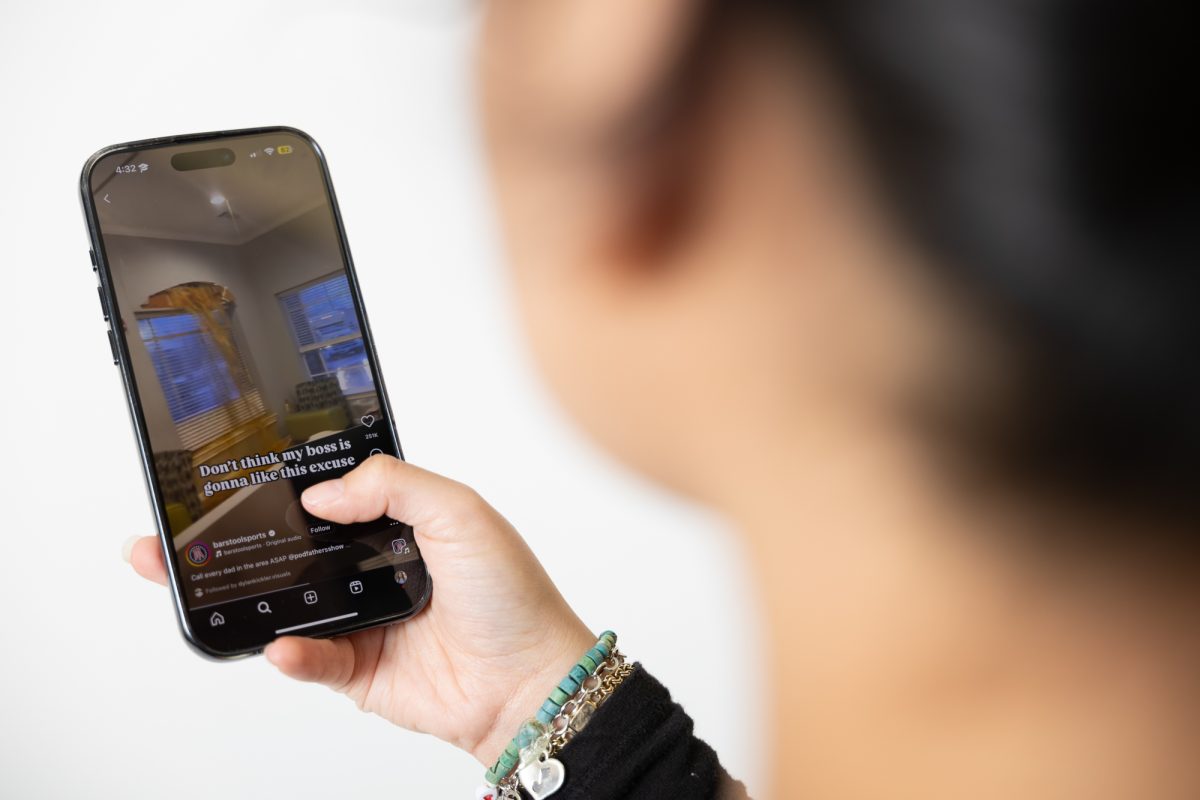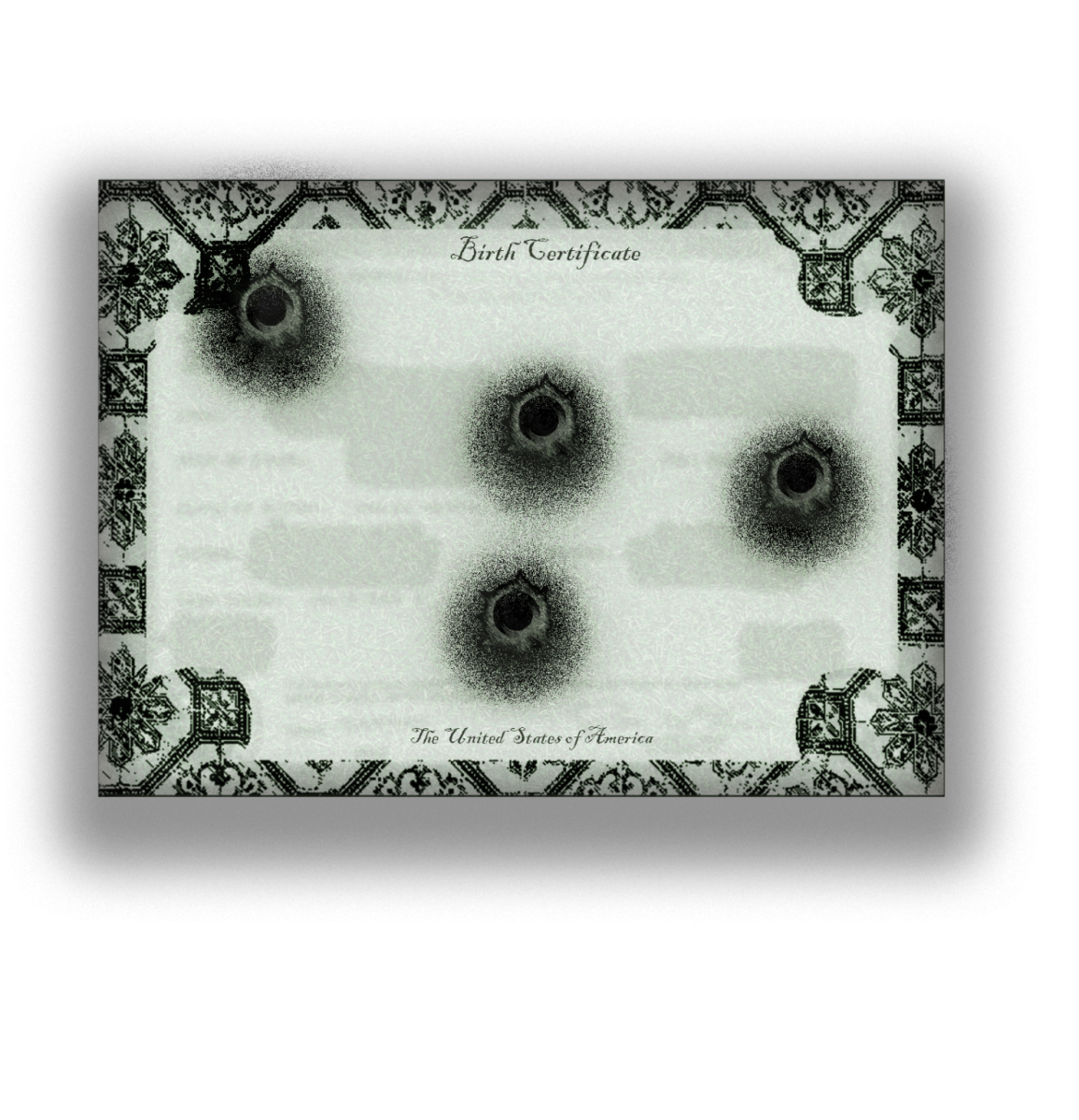It’s three in the afternoon; you’ve just finished classes — or maybe you’re still in class — and you’re scrolling through Canvas assignments due at 11:59 p.m. later that day.
“What the hell? I don’t remember any of this!” You say as you see two quizzes and an essay due by the end of the day. “At least I have eight hours to do them. That should be more than enough time.”
Let’s be real, though. It’s not enough time.
To the surprise of no one — including yourself — you’re sitting in your apartment or dorm room four hours later, and you’ve spent the vast majority of that time doomscrolling on TikTok, Instagram Reels or YouTube Shorts. Or maybe you lost the dopamine boost from one and jumped from app to app.
At this point, you might stop. Or you might not. However, in either case, you’re probably regretting spending so many hours doing something that will likely give you brainrot in a few years.
Like many of my Gen Z counterparts, I’ve fallen into this trap. And it’s a difficult — nigh impossible — habitual vice to stamp out.
Thankfully, I’ve had a good deal of success in toning down my doomscrolling as of late.
I haven’t stopped procrastinating, and I certainly haven’t stopped submitting Canvas assignments at the 11th hour when I could have done them much earlier. But I have improved my life drastically; I feel more productive, and I do more of the things I actually want to do.
The first step I took in solving my doomscrolling problem was fundamentally a psychological one: It was changing the way I thought about my effective addiction to short-form content.
For me — and I suspect for many others — short-form content consumption is a stress reliever; it’s not really something I actively enjoy, but instead something that helps me get through the day. In effect, watching short-form content is a coping mechanism for a psychological deficiency, a way for people to turn their brains off and distract themselves from the world.
In a sense, consuming content on these platforms is comparable to — although far less severe than — a smoking problem. Quitting smoking completely is incredibly difficult, not only because the body develops a physiological dependence on nicotine, but also because the act of smoking is often seen as something that helps users avoid stress. When someone attempts to stop smoking, the nicotine withdrawals — compounded with the added stress of not smoking — may drive them back to a habit they would rather avoid.
So what do you do when you can’t stop smoking, still need the nicotine to keep your stress down and withdrawal symptoms away, but yet don’t want to give yourself lung cancer? Switch to nicotine patches. They temporarily relieve stress and keep withdrawal symptoms at bay in a similar fashion to smoking, but their effects are far less harmful — maybe even helpful in some circumstances.
I took that same line of reasoning to my doomscrolling addiction. What’s a stress-relieving activity that I could do instead of doomscrolling, only it would satisfy my stress-relief fix without giving me brainrot and hopefully also improve my life?
In my case, it was reading on a Kindle.
Two primary things make doomscrolling so alluring. First, it is extremely convenient. You have your phone on you at almost any time of day or night. Second, it’s continually and instantly rewarding — all you need to do to consume new content is flick up and see the next video.
The Kindle does both of those things for me.
Instead of taking my phone wherever I might doomscroll, I take my Kindle instead. I read my Kindle in bed. I read my Kindle in the bathroom. I read my Kindle while taking the bus or while sitting in the shower.
It sounds crazy, I know, but I needed to eliminate every opportunity for doomscrolling to fully eradicate the habit. Having my Kindle with me at all times helps me to effectively pick it up as a new habit for stress relief.
The second benefit of the Kindle is that it has a feature that is able to continually and instantly reward me at all times: I can borrow library e-books, buy new e-books — if I have the money — or upload PDFs to read at the touch of a button. And I like reading, so it works for me.
Obviously, there are a few caveats to this. I haven’t completely eliminated doomscrolling from my life, as nice as it would be to do so. Sometimes, I just need to go on YouTube or Instagram to find something or watch a video someone sent me, and then it’s all downhill from there.
Also, bringing around a Kindle won’t work for everyone; it helps me to replace doomscrolling because I actually enjoy reading. If you don’t like reading, it won’t help you.
For that reason, the choice of substitute for doomscrolling is a completely personal one; the only requirement is that your chosen release is conveniently accessible while being instantly and repeatedly gratifying.
The most important idea I drew from my experience trying to fight doomscrolling is that attempting to achieve something through sheer willpower is often a bad idea. More often than not, I’ve found that similar — if not equally effective — results can be achieved simply by understanding your own psychological incentives and harnessing those for different ends.
Maybe my life would be better if I just “powered through” my stress and decided to do only what was best for myself. But honestly, my life is a lot better now than it has even been. And I’m happy for that, even if it’s not perfect.
Kaleb Blizzard is a philosophy sophomore and opinion writer for The Battalion.










